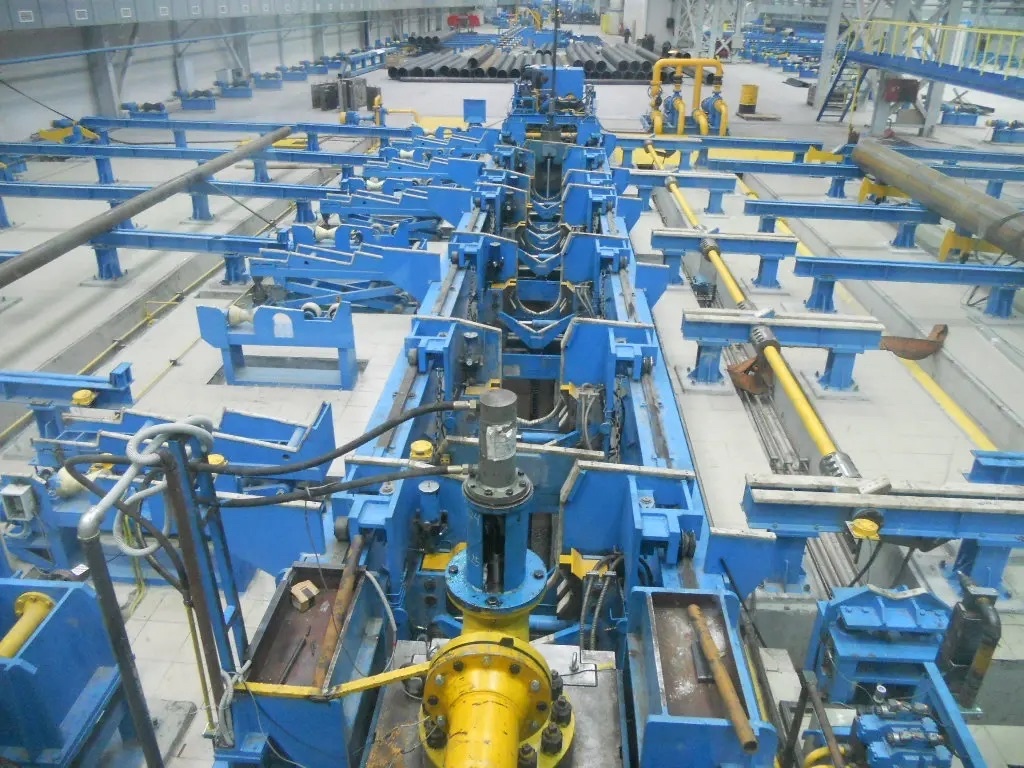Hydrotesting Stainless Steel Pipes for Chemical Transport Applications
24 October 2025
When you’re preparing stainless steel pipelines for chemical transport, one step you cannot skip is hydrotesting. It’s easy to treat this as just a box to check—but in reality it’s a critical moment when the integrity of your system is put on the line. Get it wrong, and you risk leaks, corrosion, downtime—or worse.
Why stainless steel and why hydrotest?
Stainless steel is selected in chemical-handling because of its excellent corrosion resistance and durability. Still, specifying stainless steel doesn’t give you a free pass. As the Australian Stainless Steel Development Association (ASSDA) notes: even stainless can suffer from pitfalls during hydrostatic testing if improper water, air pockets or lingering moisture are ignored.
Hydrostatic testing—filling the pipe with a liquid and pressurising it beyond normal operating conditions—is used to confirm both strength and leak-tightness. In chemical transport applications, where aggressive medias might be carried, this step gains added importance.
Key preparation steps you should take
Before any pressure is applied, you’ll want to make sure everything is properly prepared:
-
Clean fill fluid: For stainless steel pipes, ASSDA emphasises using clean, treated water (ideally de-mineralised or potable) rather than raw water. Entrapped sediment or untreated water increases the risk of microbiologically-influenced corrosion (MIC) after the test.
-
Vent and purge properly: Any trapped air pockets will reduce the effectiveness of the test and could make pressure readings misleading. Before pressurising make sure air is bled from all high points.
-
Secure supports and verify welds/fittings: Temporary test connections must be properly supported, and all welds/fittings must be inspected. Since chemical‐transport systems often involve complex routing or special alloys, ensure the assembly is stable.
-
Document the test plan: Lay out the section under test, identify injection/vent points, prepare instrumentation (gauges, recorders) and define acceptable criteria. Some standards for on-shore pipelines provide detailed requirements.

Executing the hydrotest: what to watch
With preparation complete, you move to fill and pressurise. But this is where many things can go wrong if you rush.
-
Increase pressure gradually. Sudden spikes can cause dynamic loads and stress the pipe or welds.
-
Hold the test pressure for the duration required by the specification: many codes require the pressure to be held while monitoring for drops and visually inspecting for leaks.
-
Monitor temperature effects. With stainless steel piping and chemical transport systems, temperature changes during fill or hold can affect results. Some standards ask to apply correction for temperature changes.
-
Observe for deformation or visible signs of distress: bulging, creaking, leakage. A stainless steel pipe may pass a simple test yet still retain latent damage if the test was badly conducted.
Post-test care, especially for chemical applications
Testing the pipe is one thing; ensuring that after the test it remains fit for service is another. Particularly for chemical transport, where residual moisture or test fluid contamination can begin a chain of corrosion or contamination.
-
Drain and dry promptly: For stainless steel systems, especially those destined for chemical use, leaving fluid or moisture in the pipe can invite MIC or pitting corrosion. The ASSDA guidance stresses draining/drying within 24 hours preferably.
-
Flush if needed: If the test liquid is not compatible with the chemical to be transported (for example if additives or inhibitors were used), flush the system with the intended service fluid or a compatible cleaning medium.
-
Record everything: The piping section, test pressure, hold time, gauge readings, temperature, any remedial action – be sure you have a full record. Later, if a problem emerges, this becomes invaluable.
-
Transition to chemical service properly: Before introducing chemicals, ensure that all non-service fluids are removed, that piping is passivated if required, and that the pipeline integrity from the test to service has been maintained.
Why this matters for chemical transport
In systems for chemical transport, you’re not just carrying a benign fluid – you may have corrosive medias, variable temperatures, aggressive cleaning cycles or special alloys. A leak or failure could lead to environmental harm, costly shutdowns, regulatory attention or reputational damage. The hydrotest is your first major verification that the piping system can handle the job.
Additionally, while stainless steel gives you corrosion resistance, nothing eliminates the need for proper testing, handling, and post-test care. As the ASSDA article reminds us: if you don’t use good quality water, drain and dry promptly, you could experience localized pitting corrosion despite stainless steel being used.
So, investing time and care in hydrotesting is far less costly than dealing with a failure mid-operation.





 HOME
HOME



